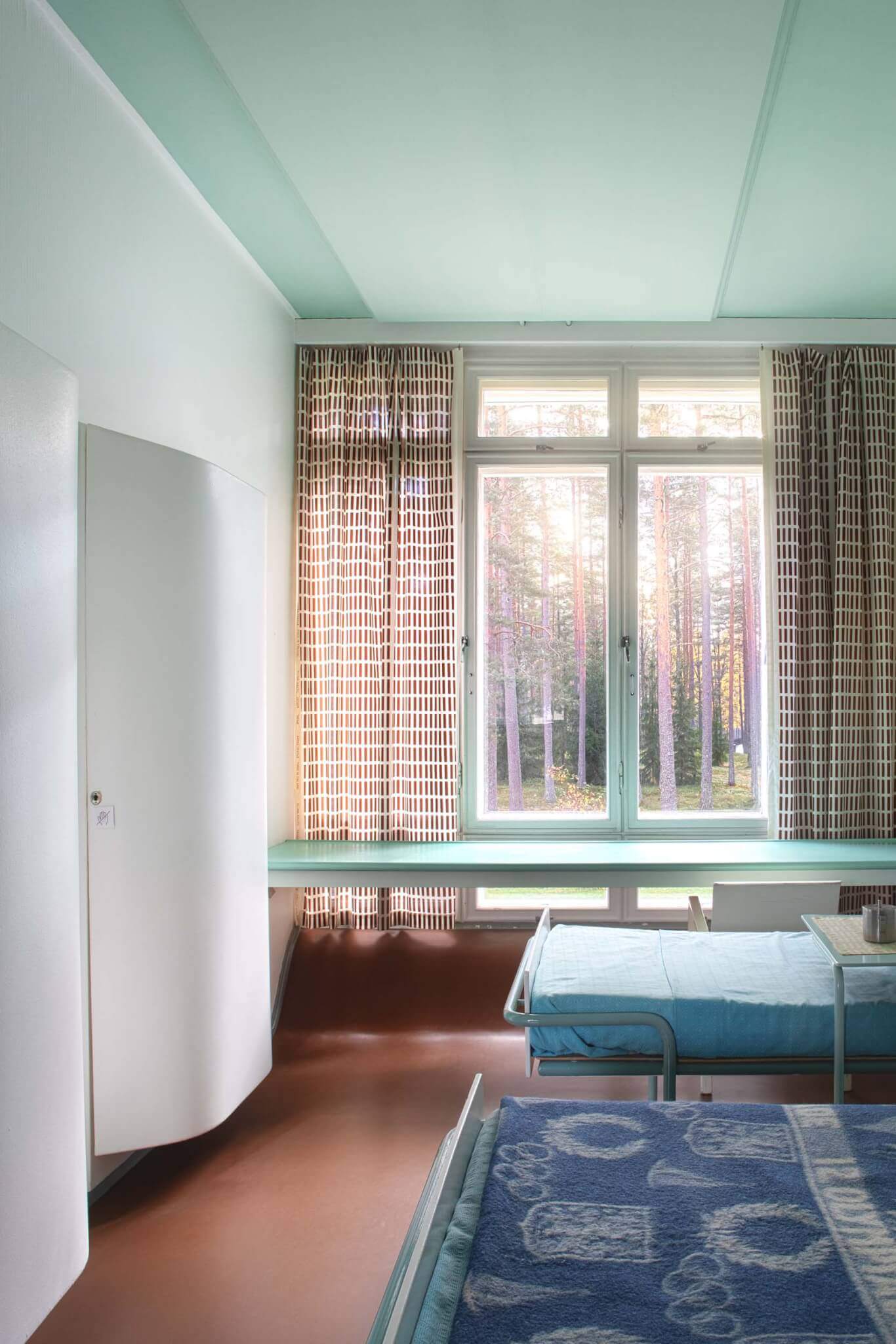Hospitality arrives from the French hospitalité, which is also the source of the now-medical hospital and terms like hostel, hotel, and hospice. The origin is the Latin noun hospes, which can mean both a visitor or one who hosts. The double meaning suggests the rotational nature of hospitality: One could be the traveler one day and the entertainer the next.
For architects, hospitality indicates a project type that begins with hotels and restaurants but can be broadly expanded to include any space where a guest can have a pleasant stay, for one hour or one week. Lately, the key aspects of this enjoyable encounter—relaxation, considered materials, and an overall interest in creating an aesthetic experience—seem to have seeped into adjacent project types: Homes are designed with entertaining or long-term stays in mind, and offices are residentializing through hot-desking, breakout spaces, and amped-up amenities in an effort to lure workers back into IRL encounters (or at least make mandated schedules more tolerable). But institutions of all types are reworking their square footage to make it more hospitable, whether it’s a routine trip to your local city hall or an outing at an art museum.
A prevailing concern for comfort links these examples, which has real implications. Building on language established by Sarah Hearne during her recent show, Print Ready Drawings, at L.A.’s MAK, such spaces try to succeed both for the “body eye” of lived experience and the “camera eye” of architectural photography, which today is mostly consumed via Instagram’s endless scroll. It’s useful to link this trend of seeking shelter to the wider destabilization and destruction we see in the world, a place that offers less certainty than it used to. (Cue the #bunkerchic trend alert.) Given today’s layered crises, a turn toward coziness makes sense—perhaps more so than the resurgence of conservatism we see worldwide.
Despite mixed messages about the overall state of the U.S. economy, hotels are booming. According to Lodging Econometrics, “the global hotel construction pipeline hit an all-time high,” in terms of project counts, at the end of 2023: a total of 15,196 projects and 2,367,727 rooms are in development. The U.S. is leading the charge, with 39 percent of this pipeline (5,964 projects, with 693,963 rooms). While a hotel room offers both respite and intrigue when you are voyaging out to faraway places, new projects have major implications for streets, neighborhoods, and entire cities.

Hospitality takes center stage in this issue’s Focus section, in which AN considers three small, thoughtful projects. While the MOLLIE Aspen, delivered by CCY Architects and Post Company, offers a contextually sensitive new building for a Colorado ski town, the other two efforts—a grocery and restaurant in Austin by Side Angle Side within a shell renovation by Thoughtbarn and a winery in Oregon by Linden, Brown Architecture—work with existing buildings to create new spaces for gathering and commerce. Additionally, products selected by contributing products editor Rita Catinella Orrell offer a range of options for architects at work on stylish, comfy commissions.
Cultural projects often involve making visitors feel welcome. In this issue’s features, Suleman Anaya visits Tatiana Bilbao ESTUDIO’s aquarium in Mazatlán, Mexico; Ian Volner inspects a new performing arts complex in Maine by Susan T. Rodriguez; and AN’s managing editor, Emily Conklin, checks in with Weiss/Manfredi about its work on the Tampa Museum of Art. Up front, Will Jennings shares a preview of Kengo Kuma’s work for Centro de Arte Moderna within Lisbon’s Gulbenkian Foundation, set to open to the public in September, and this year’s Pritzker Architecture Prize winner, Riken Yamamoto, prizes community awareness. Also, see my interview with Joel Sanders and Seb Choe about JSA/MIXdesign’s work to make art museums more accessible.
Recently, some ambitious improvements anticipated for Alvar Aalto’s Paimio Sanatorium in Finland have been announced. The project, seen in the photograph above, was built as a treatment center for tuberculosis patients more than 90 years ago; today, its boosters are seeking UNESCO recognition while proposing to renovate some of its floors into more contemporary lodgings suitable for hosting conferences or extended stays. The wheel of history keeps on turning: True to its etymological origins, the hospital will become a hotel.











